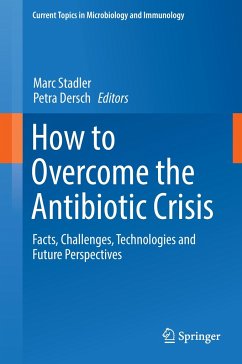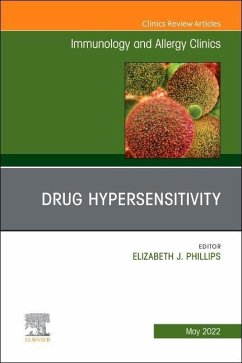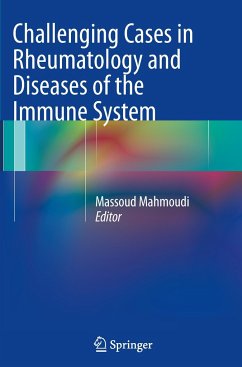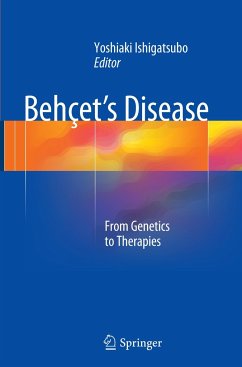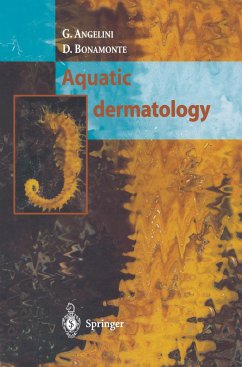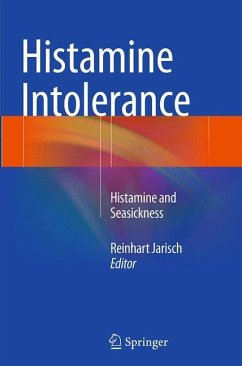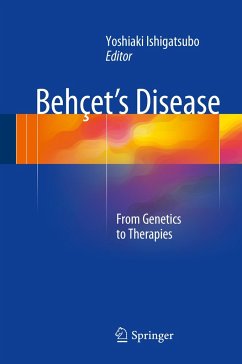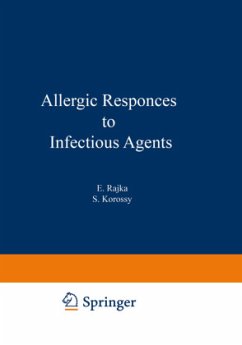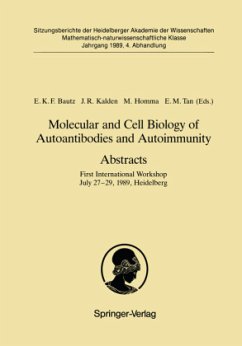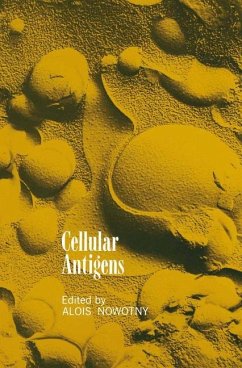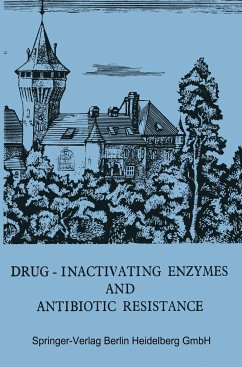
Drug-Inactivating Enzymes and Antibiotic Resistance
2nd International Symposium on Antibiotic Resistance Castle of Smolenice, Czechoslovakia 1974
Herausgegeben: Mitsuhashi, S.; Rosival, L.; Krcmery, V.
Versandkostenfrei!
Versandfertig in 1-2 Wochen
77,99 €
inkl. MwSt.

PAYBACK Punkte
39 °P sammeln!
It was an extraordinary pleasure for me, as the secretary general, to organise, with my collaborators, this Second International Symposium on Antibiotic Resistance in the Castle of Smolenice in Czechoslovakia. We all appreciated many offers all participants must have spent to attend this Symposium and we were glad to do our best to prepare this meeting in a suitable and convenient way. We gathered in Smolenice Castle after the significant International Congress on Che motherapy in September 1973 in Athens. We had the chance of getting acquainted, on that world-wide forum, with the latest infor...
It was an extraordinary pleasure for me, as the secretary general, to organise, with my collaborators, this Second International Symposium on Antibiotic Resistance in the Castle of Smolenice in Czechoslovakia. We all appreciated many offers all participants must have spent to attend this Symposium and we were glad to do our best to prepare this meeting in a suitable and convenient way. We gathered in Smolenice Castle after the significant International Congress on Che motherapy in September 1973 in Athens. We had the chance of getting acquainted, on that world-wide forum, with the latest information about bacterial resistance to anti biotics. It was possible at that Congress to outline main topics of interest in the field of bacterial resistance to antibiotics which then have been placed on the programme of the subsequent Smolenice Symposium. Undoubtedly, enzymatic mechanisms by which bacteria can inactivate older and newer antibacterial drugs and which can be transmitted and spread among bacterial strains, have both medical as well as theoretical priority. Dealing specially with Pseudomonas aeruginosa is highly urgent at present from the clinical, hygienical and genetical point of view. We have realised that antibiotics have ceased to be "magic bullets" which hit the microorganisms without discrimination. Today we urgently consider the question what should be done in the area of "antibiotic policy" to preserve the effectiveness of antibiotics for the future.





